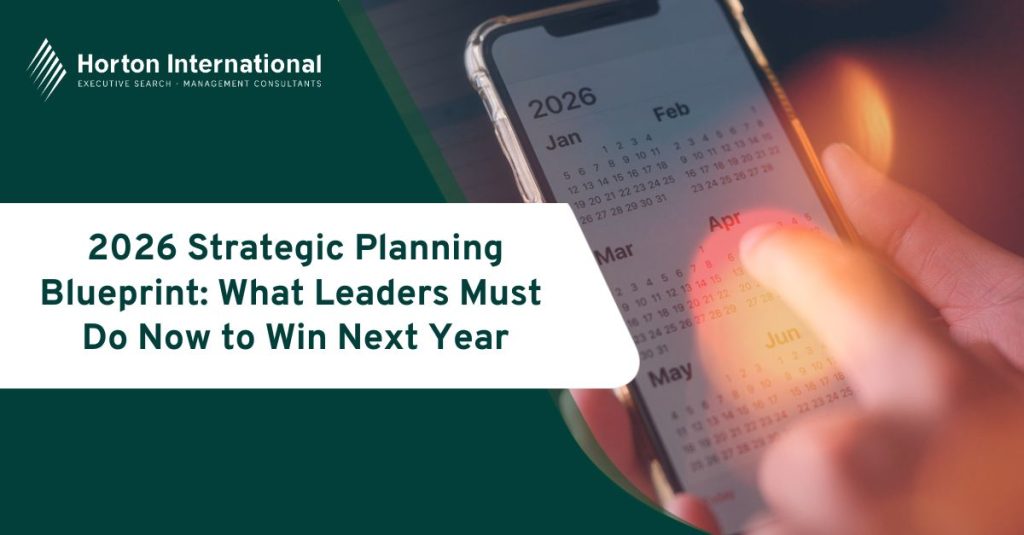Organisations are increasingly recognising that their most valuable assets aren’t found in balance sheets or proprietary technology, rather, they’re the people who walk through the door/log in each morning. As the global workforce evolves, great leadership has transformed from a nice-to-have into an essential workplace benefit that directly impacts employee retention, engagement and organisational success.
Why Employees Leave Managers … or do they?
The old adage that “people don’t leave companies, they leave managers” has long influenced retention strategies. However, recent findings suggest a more nuanced reality; while 12% of departing employees cite their manager as the reason for leaving (comparable to the 11% who leave for better pay), a striking 28% point to leadership as their primary motivation for exit.
This distinction is crucial. While direct managers shape day-to-day experiences, it’s the broader leadership approach that ultimately determines whether teams remain intact or dissolve. Under effective leadership paired with good management, employee commitment to stay reaches an impressive 94%. But with poor leadership this plummets to just 35%, even with competent direct managers.
Impact of Leadership on Employee Engagement
Leadership quality is the highest driver of employee engagement globally. Among the most engaged employees, 78% express confidence in their organisation’s leadership team. This engagement-leadership connection directly translates to retention; Gallup’s research shows that actively engaged employees are 87% less likely to leave their companies.[1]
What makes this link so powerful? Effective leadership creates environments where employees feel valued, challenged, and connected to the organisation’s mission. When this connection exists, people don’t merely show up; they invest themselves fully in their work, driving both loyalty and performance – this may be one of the greatest causal links between leadership and employee retention for organisations to consider.
The Universal Need for Hope in Leadership
Across cultures and organisations, Gallup’s Global Leadership Report reveals that hope stands as the dominant need followers seek from leaders worldwide. This universal desire for hope (mentioned by 56% of respondents) significantly outpaces other leadership qualities like trust (33%), compassion (7%) and stability (4%).
Importantly, when leaders provide hope, employee wellbeing improves measurably. Among those who don’t associate hope with their leaders, only 33% report thriving in life, with 9% suffering. When hope is present, thriving increases to 38% whilst suffering drops to 6%.
How to Retain Top Talent Through Leadership
Maintaining a stable, talented workforce requires leaders who can foster curiosity, trust and autonomy. The most effective retention strategies go far beyond competitive salaries, to address deeper human needs:
- Prioritising growth: Employees don’t want to stagnate at work any more than as individuals they want stagnant romantic relationships. Leaders who provide learning opportunities, mentorship and clear career development paths keep workers engaged and committed. Just as people need to grow in their personal lives, they want to grow at work.
- Transparent communication: Open dialogue about company goals, challenges and decisions creates trust. When employees understand the ‘why’ behind organisational choices, they develop stronger alignment and buy-in to corporate goals.
- Building a culture of recognition: Acknowledging contributions, whether significant achievements or smaller wins, boosts motivation and long-term commitment. Research found that employees receiving high-quality recognition are 45% less likely to leave within two years.
- Balancing structure with autonomy: While clear expectations are essential, several studies indicate that 80% of employees would demonstrate greater loyalty if offered flexible work arrangements. This, in direct contradiction to the RTO behaviour demonstrated in many American companies, is just one way that leaders can help employees feel they have autonomy.[2]
Qualities of a Good Leader in Today’s Workplace
The most effective managers understand that leadership extends beyond task allocation and performance monitoring. They embody several essential qualities:
- Emotional intelligence: Understanding their own emotions and those of team members allows managers to navigate complex interpersonal dynamics effectively.
- Trust-building capability: Great managers create psychological safety where employees feel secure sharing ideas, asking questions and challenging the status quo without fear of retribution.
- Growth mindset orientation: The best managers view challenges as opportunities for development rather than insurmountable obstacles.
- Recognition expertise: Exceptional managers understand different recognition preferences and tailor acknowledgment to individual team members.
- Relationship focus: Building genuine connections with team members creates foundations for honest feedback, improved collaboration and higher engagement.
The Korean Leadership Approach: A Compelling Alternative Model
While Western leadership models often emphasise individual achievement and direct communication, the Korean leadership style (KLS) offers a fascinating alternative, based on relationship-oriented behaviours and collective success.
KLS centres on three key relationship dimensions: upward support for superiors, harmonious collaboration with peers, and protection and nurturing of subordinates. This approach is deeply rooted in two cultural concepts:
- Jeong 정/情: A shared group affect involving filial affection, closeness and empathy that dissolves interpersonal boundaries.
- Jeju 우리: A powerful sense of belongingness where individuals become part of a cohesive whole, prioritising collective interests above individual concerns.
This leadership approach has contributed significantly to Korea’s remarkable commercial successes in recent decades, from the global phenomenon of K-pop to internationally acclaimed Korean television, films and animation. Companies embracing these principles create environments where teams experience collective positive energy that motivates extraordinary performance.
Research on Korean leader-follower pairs confirmed that relationship-oriented Korean leadership behaviours positively influenced employee creativity. This suggests that leadership approaches fostering collective emotional connections can unleash innovation and engagement beyond what traditional transactional models achieve.[3]
Effective Leadership Strategies for Global Organisations
Drawing on these international perspectives on leadership, organisations can implement several strategies to elevate leadership quality:
- Develop relationship competency across dimensions: Train leaders to build effective relationships not just with those who report directly to them, but also with superiors and peers, creating cohesive organisational cultures.
Implement coaching programmes: Coaching sets the stage for collaborative goal-setting and inspires people to learn, grow and contribute to business objectives whilst building emotional connections. - Adjust hiring and promotion criteria: Select individuals with strong relationship-building capabilities and emotional intelligence for leadership roles.
- Create recognition systems: Implement programmes that specifically acknowledge and reward relationship-oriented leadership behaviours.
- Address cultural dimensions: For multinational organisations, provide cultural training that helps leaders understand diverse leadership expectations and behaviours across regions.
Great leadership represents far more than an organisational nicety; it’s a critical workplace benefit that directly influences engagement, performance and loyalty. By developing leaders who understand the universal human needs of their teams whilst respecting cultural nuances in leadership expectations, organisations can create environments where employees don’t merely stay, they flourish.
Sources
[1] https://www.gallup.com/workplace/655817/people-need-leaders.aspx
[2] https://www.forbes.com/sites/tracybrower/2025/02/22/rto-mandates-drive-office-work-trends/
[3] https://journals.sagepub.com/doi/full/10.1177/2158244019876281






